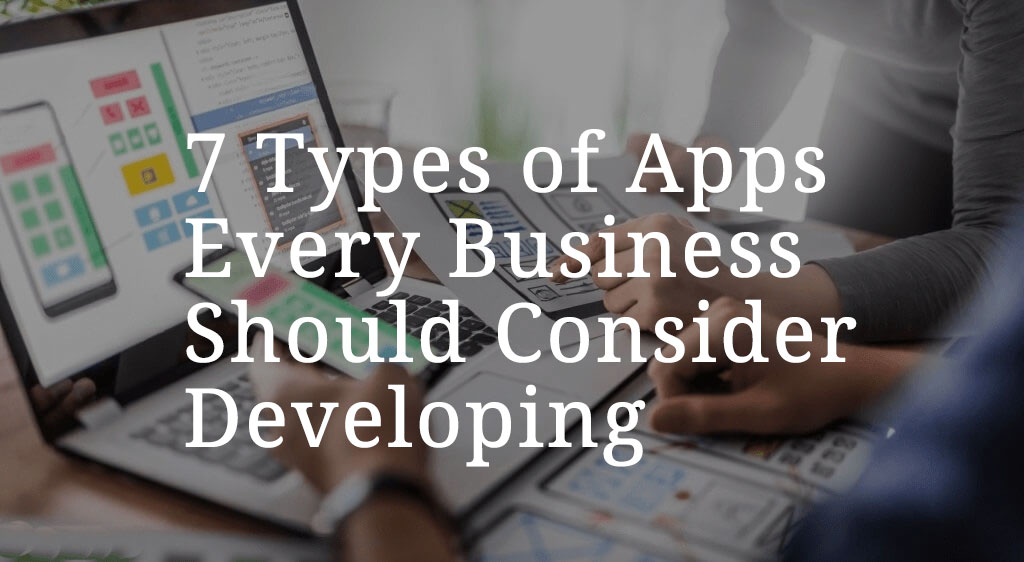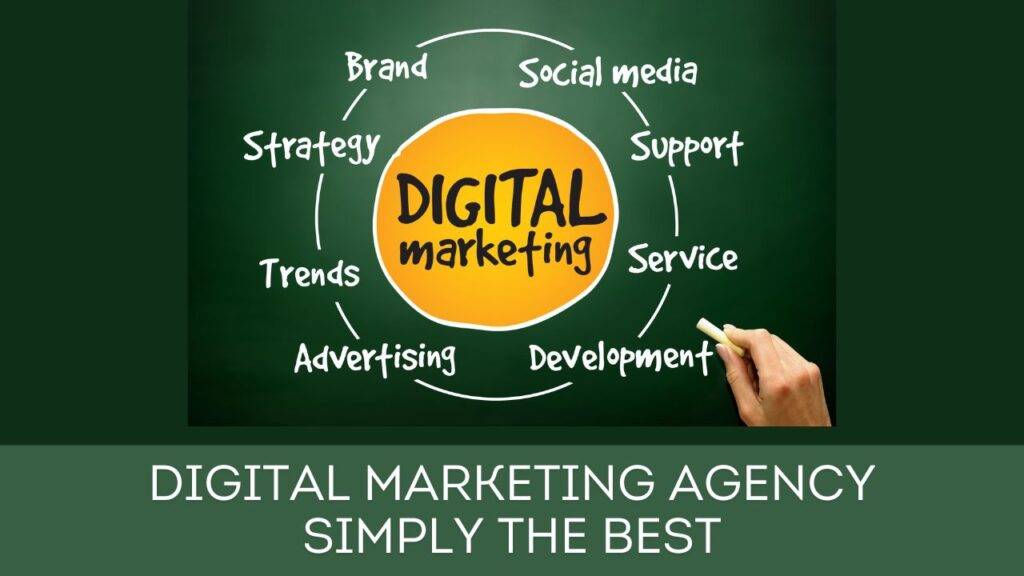The corporate world is becoming dynamic each day and thus mobile applications are now entities a must tool for meeting business objectives. With more and more people turning to mobile devices such as Smartphones and tablets for information, businesses must be Interactive as mobile thus being accessible and available where their customers are. This article will look into seven types of apps any company would be prudent to consider and build. Fast and slow tools can be applied to increase production numbers and improve top-notch forms for organizations and communication processes as well.
1. Communication Apps
Companies that achieve success cannot run without communication which eases the way for communication applications to make the process easier by facilitating communication. Medical gadgets such as those allow the staff can easily communicate with each other via Instant messaging and video calling regardless of their geographic location. Examples of
Slack:
A stakeholders app is an ideal app for teams that must continually communicate promptly. Through the Slack messaging application, you can arrange channels for specific projects and topics so that employees can converse among themselves, share files, and work side-by-side in real-time.
Zoom:
One widely-used application is Zoom which makes it possible for everyone on a team to communicate in a way that is close to meeting in person regardless of the geographical location of a team member. It is a fantastic tool for users who practice webinars, online meetings and training sessions.
2. Productivity Apps
Employees can track, keep track of, and accomplish more tasks within a short period utilizing the productivity tools. These apps, which could be for management software, to-do lists, or project management tools, are really among the most effective productivity-increasing features I could think of.
Examples of Productivity Apps:
Asana:
Workflow using the Asana project management tool could be used for tracking their progress as well as working together on different tasks. It’s best if the company has to direct many jobs at a time.
Trello:
Teams having Trello boards and lists placeholders can rank up to set their project. Those enterprises that have such processes as credit control, and supply monitors would be the ones that would take benefit of it most.
3. Sales Apps
Businesses not only can run their sales teams, manage their customer interactions with ease, and make more sales but also with the help of sales applications. In addition, these apps like “sonic vibes” or posters or clocks may be designed especially for the sales teams who are mobile.
Examples of Sales Apps:
HubSpot Sales:
You can use this sales tool for tracking and leading your sales activity and HubSpot Sales is free. It offers more than just a tool for lead management, scheduling of meetings, and tracking of emails.
Salesforce Mobile:
Sales teams are now enabled to sell with ease with the on-the-go sales processes employing the Salesforce Mobile CRM. It has several tools which range from prospect management to prospect scoring as well as real-time analytics.
4. Customer Service Apps
The benefit of such apps is that they can assist organizations in tackling consumers’ questions more efficiently, giving fine customer service, and sorting out issues or any problems. These applications serve a great purpose to firms, considering they carry a large customer base.
Examples of Customer Service Apps:
Freshdesk:
A Help Desk called Freshdesk is used by all the companies allowing them to take care of all of their customer concerns in one place. The Customer Relationship Management (CRM) tool’s features are comprised of multi-channel assistance, automation, and ticket management.
Zendesk:
Companies can exploit a cloud-based customer support tool known as Zendesk for successfully managing interactions from various contact channels.
5. Marketing Apps
A few marketing apps will help a lot the companies in marketing their products and services and new clients finding and point brands. These apps are usually very much sought after by businesses, especially small ones with little or no resources for marketing.
Examples of Marketing Apps:
Mailchimp:
Mailchimp is a simple email marketing tool, which quite leverages companies to create and disburse emails to their subscribers. Its add-on features are composed of analytics, automation, and A/B testing.
Hootsuite:
A social media managing utility called Hootsuite gives companies a means to schedule and monitor them on multiple platforms. It loads the work team, social listening, and analytics.
6. Financial Apps
Businesses will be able to manage finances and control how they spend to find out how much and when they get money with the help of financial apps. Startups with up or small enterprises that have available these tools are very supportive of the software development to enhance the process.
Examples of Financial Apps:
QuickBooks:
This oft-used bookkeeping technique called QuickBooks is powerful enough for an accountant to manage centralized activities of business. It has functions covering, among others, expense management, invoice preparation, and tax calculations.
Expensify:
Businesses can be finicky with their spending through the Expensify expense management app. It can be from monitoring the expenses to having control over it. It empowers it with such functionalities as automatic expense reports, scanning receipts and tracking repayments.
7. Custom Apps
Saying only custom app development specially designed for the company, on the contrary, might help to get an edge among companies. Enterprises that deal with complex workflows or procedures may experience smooth running if the apps in question are designed to perfectly cope with the issues at hand.
Examples of Custom apps:
Mobile Inventory Management:
This application is for companies that want to stay on top of their inventory while still in the field, among other needs. Employees can apply it to labeling products updating the records, and inventory levels and have access to the same product data.
Mobile Payment Processing:
This app is for mobile vendors that take part in payment processing. The card reader is ideal for businesses that participate in trade fairs, exhibitions, or other events as it allows them to make credit card payments anywhere using a mobile device.
FAQs
1. What is the so-called Business app development in return beneficial?
By creating apps for enterprises, communication among the workforce can be improved, the proceedings can be organized, the business will be productive, and financial control can be strengthened. These applications may be the apps that will allow businesses to have a strong competing edge and work with the ever-changing requirements of their consumers.
2. Do I need to have an application developed and customized personally for my business, or not?
The choice is really up to you and your development priorities. You can either employ a developer or leverage the services of an app builder to build an app for yourself. Cost analysis should be undertaken before settling for any option that may turn out to be expensive.
3. The question of app selection for my business is what?
It is entirely up to you to make the right choice of app out of the multitude of existing apps and with this in sight, you should observe your objectives before deciding on the suitable app. These factors, such as the size of your budget, your skills (or capabilities of your team), and the app’s features, should be accounted for when selecting an app.
Conclusion
It has been demonstrated elsewhere that mobile apps are not a luxury available for businesses; instead, they are an inevitable role. The seven app categories we introduced in this article can help organizations a lot especially when they want to handle their productivity, operations, and funds management. Businesses as they continuously strive to compete with others, serving the needs of their clients appropriately, and achieving their enterprising goals, can easily find a chance to do so by a suitable investment in apps. Pick up the apps that will do you the best and will be in sync with the stylistic footprint of your business by beginning to exploit their existential possibilities.






